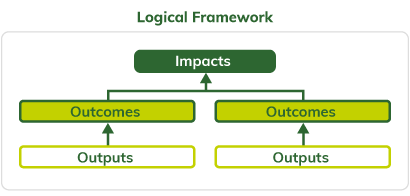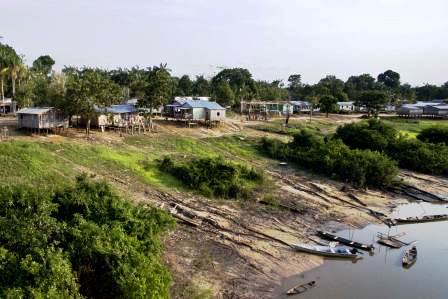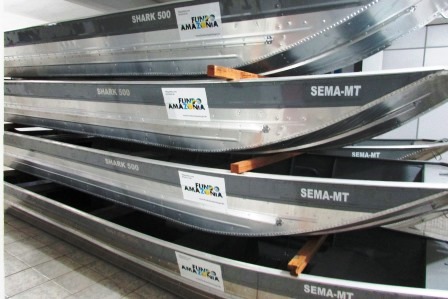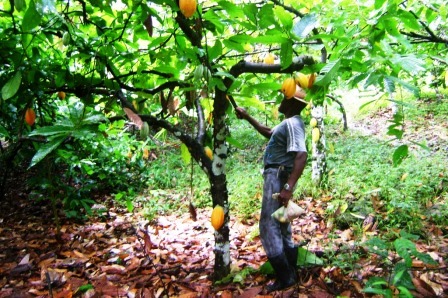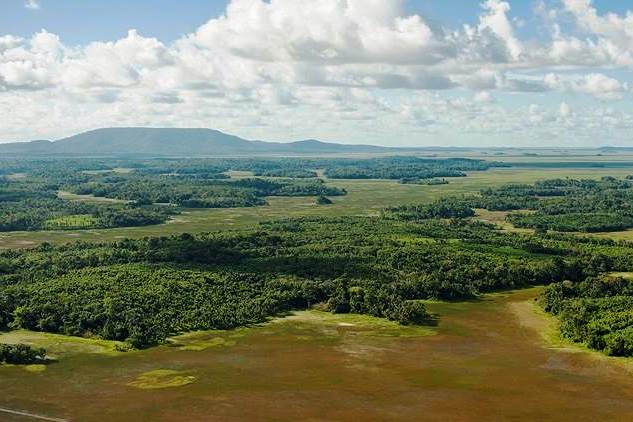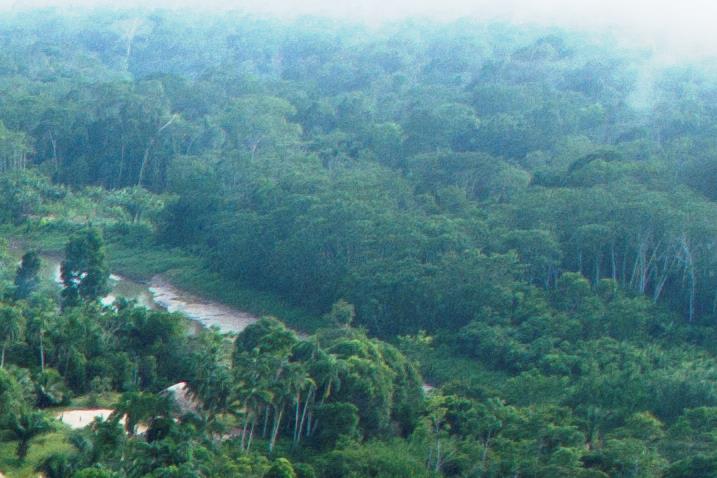CONTEXT
Community forest management, both timber and non-timber, has been identified as an important tool to reduce deforestation, since it is characterized as an important source of sustainable income for managers, an alternative to predatory practices of conventional exploitation.
When carried out in a communitarian way, management has the potential to strengthen the social and political space of families and the community - since they must act as protagonists in the production and organization process - in addition to providing productive inclusion, income guarantee and greater appropriation on land. However, there are barriers to be overcome for the consolidation of community forest management, such as: ensuring access and use of the forest, strengthening social organization, credit, technical assistance and market access.
Management promotion is particularly relevant in the state of Amazonas, which, on the one hand, holds the largest area of conserved forest in the Amazon, but, on the other hand, presented the highest deforestation growth between 2015 and 2016. Although approximately 10% of the area of the State of Amazonas is devoted to plant extractivism, the participation of smallholder timber management plans (small scale, lower impact and floodplain) in relation to total licensed volume was not very expressive: 4% during the period from 2010 to 2014, ranging from 8% in the first year to 2% in the latter. And, according to an IDESAM study, only 20% of the volume of timber licensed in 2014 for small-scale management plans developed by the institution were commercialized.
THE PROJECT
The project foresees the structuring of the Forestry Cities network which includes the physical structuring of a Forest Center - which will serve as the technology core of the project, besides facilitating the connection of forest actors - and the development of a technological platform. The tool will be dedicated to the management of the property, the elaboration and execution of the management plans and the connection between the forest actors. The use of the platform seeks to ensure that the forest management of small farms is carried out in accordance with the applicable legislation, favoring adherence to public policies and promoting the commercialization of managed production.
In addition, the project will support the implementation of 25 management plans to be executed by 15 local associations, with the goal of increasing 40% of the current supply of wood from small-scale timber management plans in Amazonas. The support for the implementation of the plans will be provided through: i) training of managers for a better use of the raw material, safety, planning and marketing; ii) field actions for the exploitation and commercialization of wood.
The project will also support other actions dedicated to structuring a network of vegetable oils in the Amazon and increasing the attractiveness of forest products, such as the certification of production chains.
INTERVENTION LOGIC
This project falls under the “Sustainable Production” (1) and "Science, Innovation and Economic Instruments Component" (4) components of the logical framework of the Amazon Fund.
Click on the following image to view its objectives tree, that is, how the project's outputs and linked to the expected outcomes and impact.
